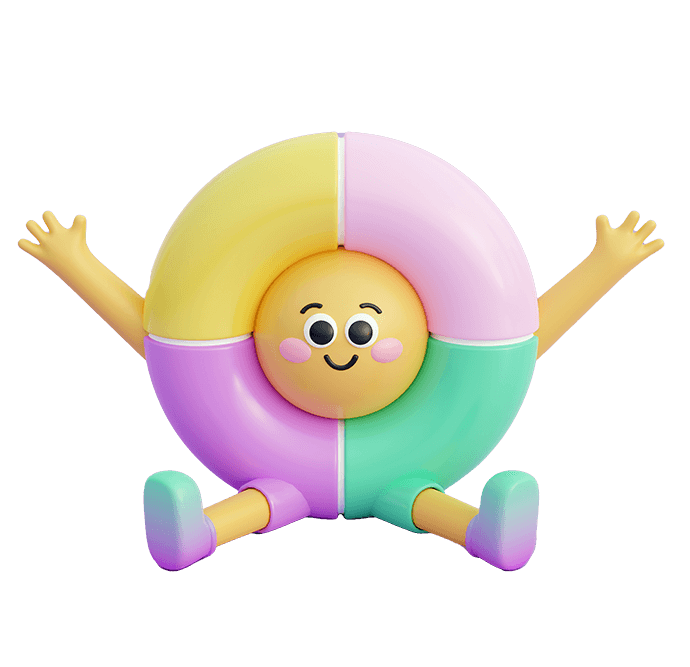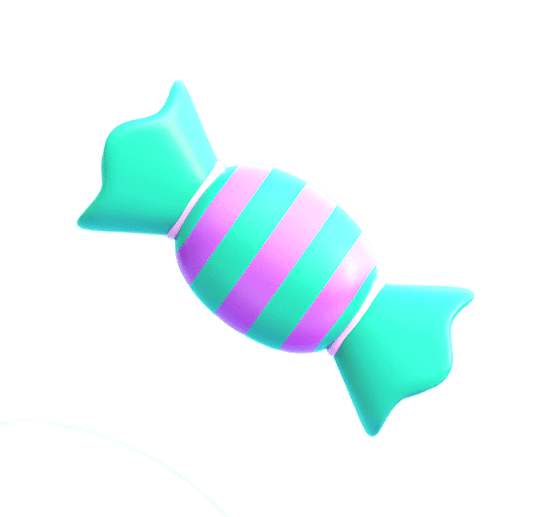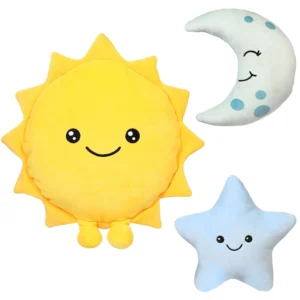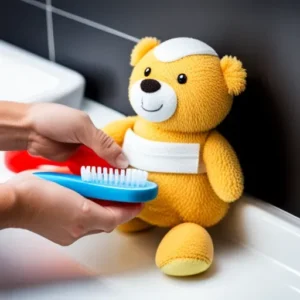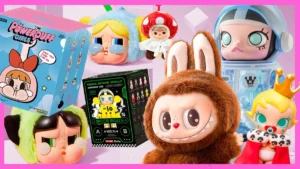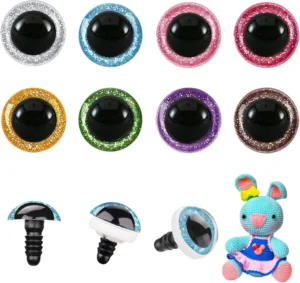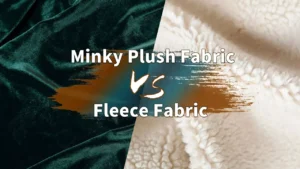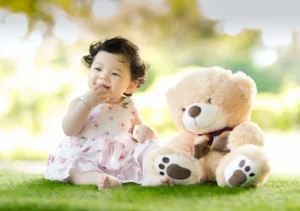Plush toys, often seen as childhood companions, hold both sentimental and tangible value. They provide comfort, joy, and nostalgia, but over time, their longevity can become a concern. So, how long do plush toys really last? Is it possible to keep them looking new and intact for years, or are they destined to wear out sooner than expected?
The lifespan of plush toys depends on factors such as material quality, usage, and care. With proper maintenance, high-quality plush toys can last for many years, while frequent handling and poor care can lead to premature wear.
Plush toys are more than just playthings—they’re cherished treasures that can accompany us through childhood and even adulthood. However, they are often subject to wear and tear, especially when heavily used. In this guide, we’ll explore the key factors that influence the lifespan of plush toys, how to care for them, and what you can do to ensure they last as long as possible. Whether you’re gifting a plush toy or collecting them, understanding their longevity is key to keeping them in tip-top shape.
1. What Factors Affect the Lifespan of a Plush Toy?
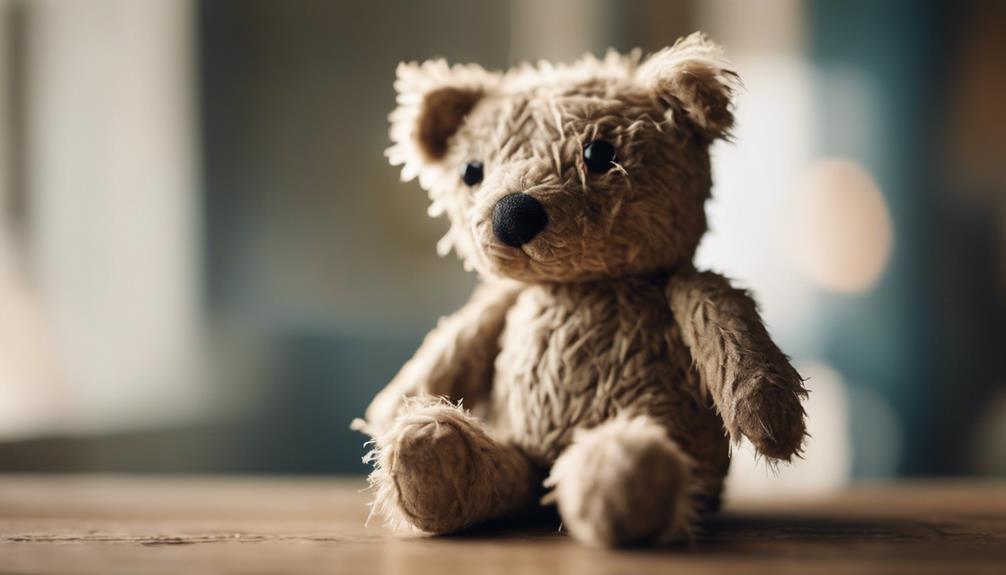
Several factors play a role in how long a plush toy will last. Understanding these factors can help you care for your toy properly and preserve its integrity for years to come.
The lifespan of a plush toy is influenced by material quality, frequency of use, environmental exposure, and maintenance. Proper care can significantly extend the toy’s life.
- Material Quality: Plush toys made from high-quality materials, such as durable fabrics and top-grade stuffing, tend to last longer. Polyester fibers, for example, are known for their resilience, while lower-quality materials may break down faster with repeated handling or washing.
- Usage Frequency: Plush toys that are used frequently—whether for play, comfort, or as a sleep companion—will naturally wear out faster. Frequent cuddling, washing, and exposure to dirt can lead to the gradual deterioration of the fabric and stuffing inside.
- Environmental Exposure: Plush toys exposed to extreme temperatures, moisture, or direct sunlight may degrade more quickly. For example, toys left in damp environments may develop mold or mildew, while those exposed to too much heat may lose their shape or fade in color.
- Maintenance: How well a plush toy is cared for plays a critical role in its lifespan. Proper washing, storing, and handling can prevent damage and help maintain the toy’s appearance and functionality over time.
| Factor | Impact on Lifespan | Example |
|---|---|---|
| Material Quality | High-quality materials last longer | Polyester, cotton fibers vs. cheaper options |
| Frequency of Use | More frequent use leads to quicker wear | Toys used daily for comfort vs. decorative ones |
| Environmental Exposure | Exposure to heat, moisture, or sunlight can cause damage | Plush toys left in damp rooms or exposed to sunlight |
| Maintenance | Proper care extends lifespan | Regular cleaning and careful storage |
2. How Does the Material of a Plush Toy Impact Its Longevity?
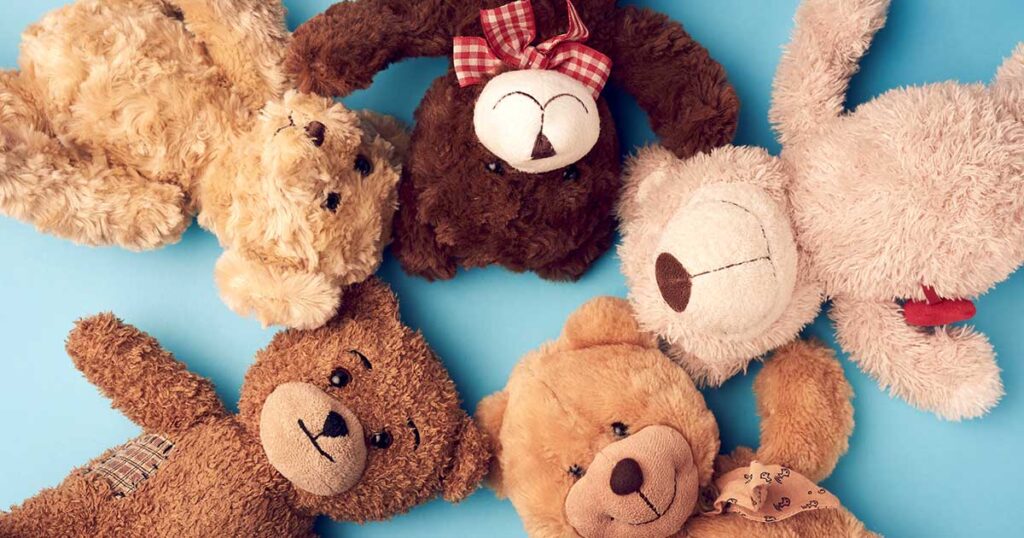
The material used in the construction of plush toys is one of the most significant factors that affect their durability. Materials not only determine the toy’s feel but also its ability to withstand wear, tear, and frequent use.
High-quality materials like polyester fiber and cotton offer more durability, while plush toys made from low-quality fabrics may wear out faster.
- Polyester Fiber: Polyester is the most common material used for stuffing plush toys due to its resilience and low cost. It holds its shape well and is resistant to matting, which makes it ideal for toys that will be used frequently. High-density polyester, especially, can withstand repeated hugging, washing, and play.
- Cotton: Cotton, though natural and hypoallergenic, tends to clump more easily over time. It’s often used for eco-friendly or premium plush toys, but its softness and breathability come at the expense of durability. Cotton-filled toys may require more frequent fluffing and care to maintain their shape.
- Memory Foam and Other Advanced Stuffing: Memory foam has been incorporated into higher-end plush toys, providing a premium feel that molds to the user’s body. While it offers great comfort, memory foam can be heavier and less durable than traditional polyester, especially when used in larger toys.
- Fabric Types: The outer fabric also plays a role in durability. Soft fabrics like velvet and fleece are comfortable but may be more prone to pilling, fraying, or fading after heavy use. More robust fabrics like corduroy or denim tend to hold up better but may not be as soft.
| Material | Durability | Feel/Comfort | Common Use |
|---|---|---|---|
| Polyester Fiber | High | Soft, resilient | Common in mass-produced toys |
| Cotton | Moderate | Soft, breathable | Eco-friendly, hypoallergenic toys |
| Memory Foam | Moderate | Moldable, ultra-soft | Premium, comfort-focused toys |
| Velvet/Fleece | Low to Moderate | Plush, soft | Used for luxury or decorative toys |
3. Do Plush Toys Last Longer with Proper Care?
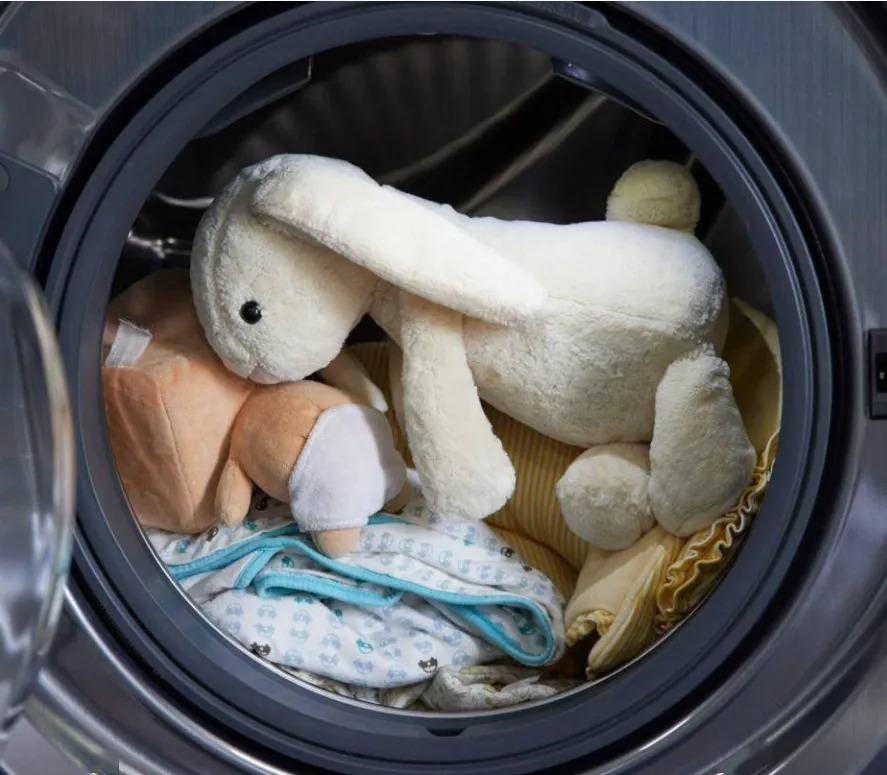
Yes, proper care can significantly extend the life of a plush toy. With regular maintenance, you can prevent premature wear and ensure that your plush toy retains its softness, shape, and overall appearance.
Regular cleaning, gentle handling, and proper storage help maintain the lifespan of plush toys. Neglecting care can lead to quicker deterioration.
- Washing and Cleaning: While some plush toys can be machine-washed, others require gentle hand washing to preserve the fabric and stuffing. Be sure to follow the care instructions on the toy’s label to prevent shrinking, fading, or losing shape. Use mild detergent and avoid harsh chemicals.
- Storage: Proper storage is also crucial in preserving the toy’s lifespan. Plush toys should be stored in a cool, dry place to prevent mold and mildew growth. When not in use, consider placing them in a storage bin or under a breathable fabric cover to keep dust and dirt at bay.
- Handling and Usage: Avoid excessive pulling or squeezing of plush toys, especially when they are in use. Repeated squishing or rough play can damage the internal stuffing, leading to sagging or loss of shape. For toys that children use frequently, ensure they are properly repaired or maintained if any damage occurs.
| Care Tip | Impact on Lifespan | Example |
|---|---|---|
| Regular Cleaning | Prevents dirt, odor, and damage | Machine wash vs. hand wash |
| Proper Storage | Keeps the toy in shape and clean | Store in a dry, cool area |
| Gentle Handling | Prevents fabric and stuffing damage | Avoid pulling limbs or excessive play |
4. Which Plush Toys Are Built to Last Longer?
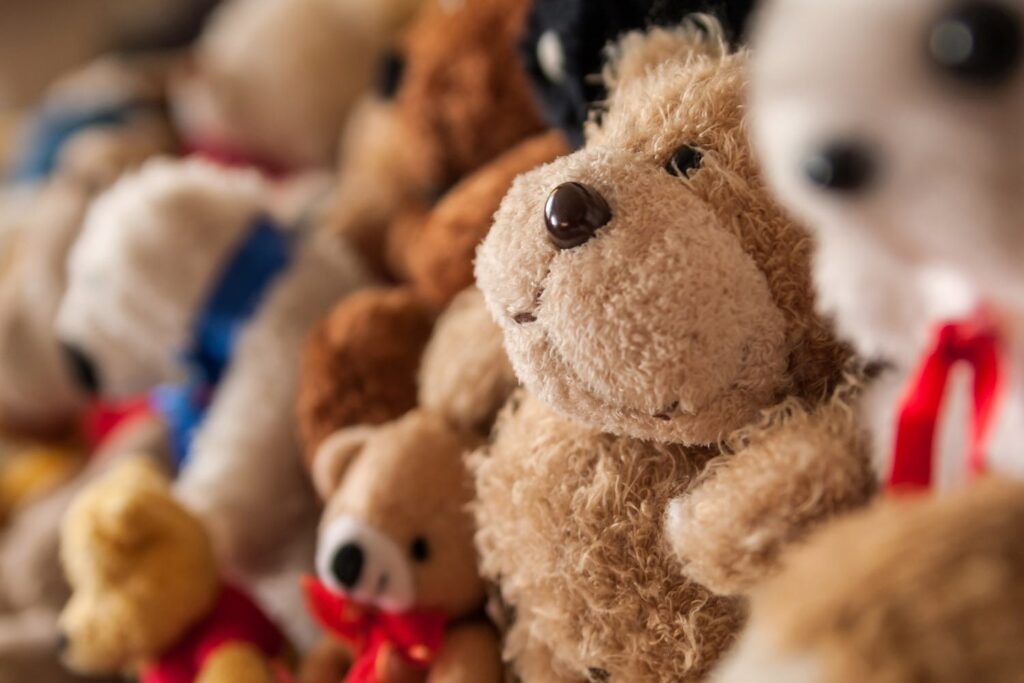
Some plush toys are specifically designed for durability, whether through the materials used or the craftsmanship behind them. These toys are often built to withstand frequent use and are ideal for children who play with their toys daily.
Plush toys designed for durability use high-quality materials, reinforced stitching, and are made to withstand wear and tear.
- High-Quality Plush Toys: Premium plush toys from well-known brands often feature reinforced stitching, double-layered fabrics, and high-density stuffing. These toys are designed for collectors or long-term use and are often sold with lifetime guarantees or quality assurances.
- Eco-Friendly Plush Toys: Eco-friendly plush toys made from recycled materials or organic fibers are also built with durability in mind. Manufacturers tend to prioritize high-quality, sustainable materials to ensure longevity while maintaining an environmentally conscious production process.
- Collector’s Plush Toys: Limited-edition or collectible plush toys are often made with extra care and precision, using premium fabrics and detailed designs. These toys are meant to last, both as keepsakes and as valuable collectibles, often appreciated for their craftsmanship and attention to detail.
| Toy Type | Durability Features | Best for |
|---|---|---|
| Premium Plush Toys | Reinforced stitching, high-density stuffing | Long-term use, collectors |
| Eco-Friendly Plush | Organic fabrics, sustainable stuffing | Eco-conscious consumers |
| Collector’s Toys | High-quality fabrics, detailed designs | Collectors, long-lasting keepsakes |
5. How Does Frequent Use Affect the Lifespan of a Plush Toy?
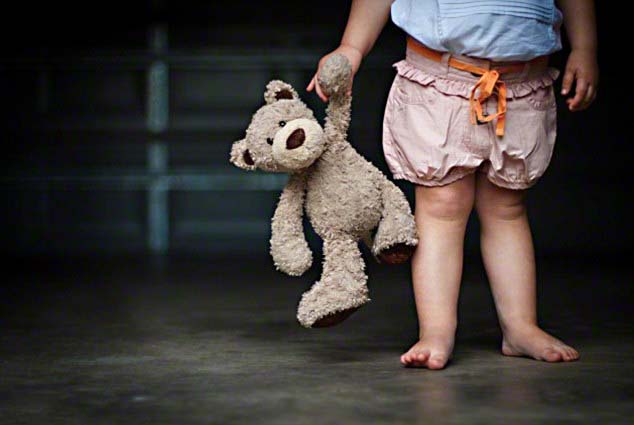
Frequent use can significantly reduce the lifespan of a plush toy. The more a toy is handled, washed, and played with, the faster its fabric and stuffing may degrade. However, proper care can help mitigate this.
Plush toys used frequently, such as those played with daily, will show signs of wear faster. With regular maintenance, however, their lifespan can be extended.
- Impact of Play: Plush toys that are used for rough play or are frequently washed will wear out faster. Squeezing, tossing, or even dropping can cause fabric to stretch, tear, or lose its softness. Toys used as sleeping companions, however, may have a longer lifespan due to gentler handling.
- Visible Signs of Wear: Over time, frequent use will cause plush toys to lose their fluffiness. The stuffing can compress, resulting in a less firm toy. Additionally, colors may fade, and the fabric may develop pilling or thinning, particularly if exposed to direct sunlight or harsh cleaning.
| Use Frequency | Impact on Lifespan | Example |
|---|---|---|
| Frequent Play | Higher wear and tear, faster degradation | Toys used daily for comfort/play |
| Gentle Use | Longer lifespan, minimal wear | Toys used for display or limited use |
6. Are There Any Signs That Indicate a Plush Toy Needs Replacement?
Plush toys, like anything, have a shelf life. Knowing when a plush toy is no longer safe or functional is important, especially for toys that children regularly use.
Signs that a plush toy needs replacement include worn-out fabric, exposed stuffing, missing parts, or a loss of shape. Regular checks can help you identify these issues early.
- Fabric Damage: If the fabric begins to tear, fray, or lose its softness, it may be time to replace the toy. A plush toy with major fabric damage is not only less comfortable but also more prone to further degradation.
- Stuffing Loss: If the toy begins to lose its stuffing or appears deflated, it may no longer provide the comfort it was originally designed for. Re-stuffing or repairing the toy may be an option, but if the stuffing can’t be restored to its original condition, replacement may be necessary.
- Safety Hazards: For toys used by children, safety is a top priority. If the toy has detached small parts, such as buttons or eyes, or if the stuffing has become exposed, it could pose a choking hazard. In these cases, replacing the toy is essential.
| Warning Sign | Impact | Action |
|---|---|---|
| Fabric Damage | Decreased comfort, aesthetic damage | Repair or replace |
| Stuffing Loss | Toy loses shape, becomes flat | Re-stuff or replace |
| Detached Parts | Safety hazard | Immediate replacement |
Conclusion
The lifespan of a plush toy is largely determined by the materials used, how frequently it’s used, and how well it’s cared for. While plush toys made with high-quality materials and proper maintenance can last for years, frequent play, rough handling, and inadequate care can significantly shorten their lifespan.
At Kinwin, we specialize in producing durable, high-quality plush toys that stand the test of time. If you’re interested in learning more about our custom plush toys or want to inquire about a quote, contact us today! We’re here to help you find the perfect plush toy solution for your needs.

